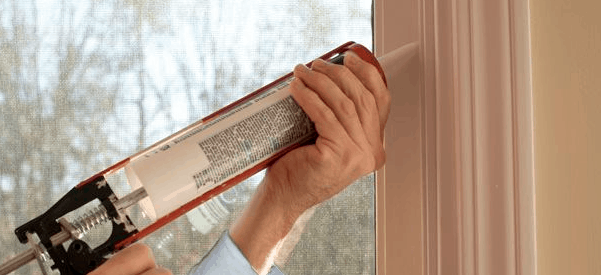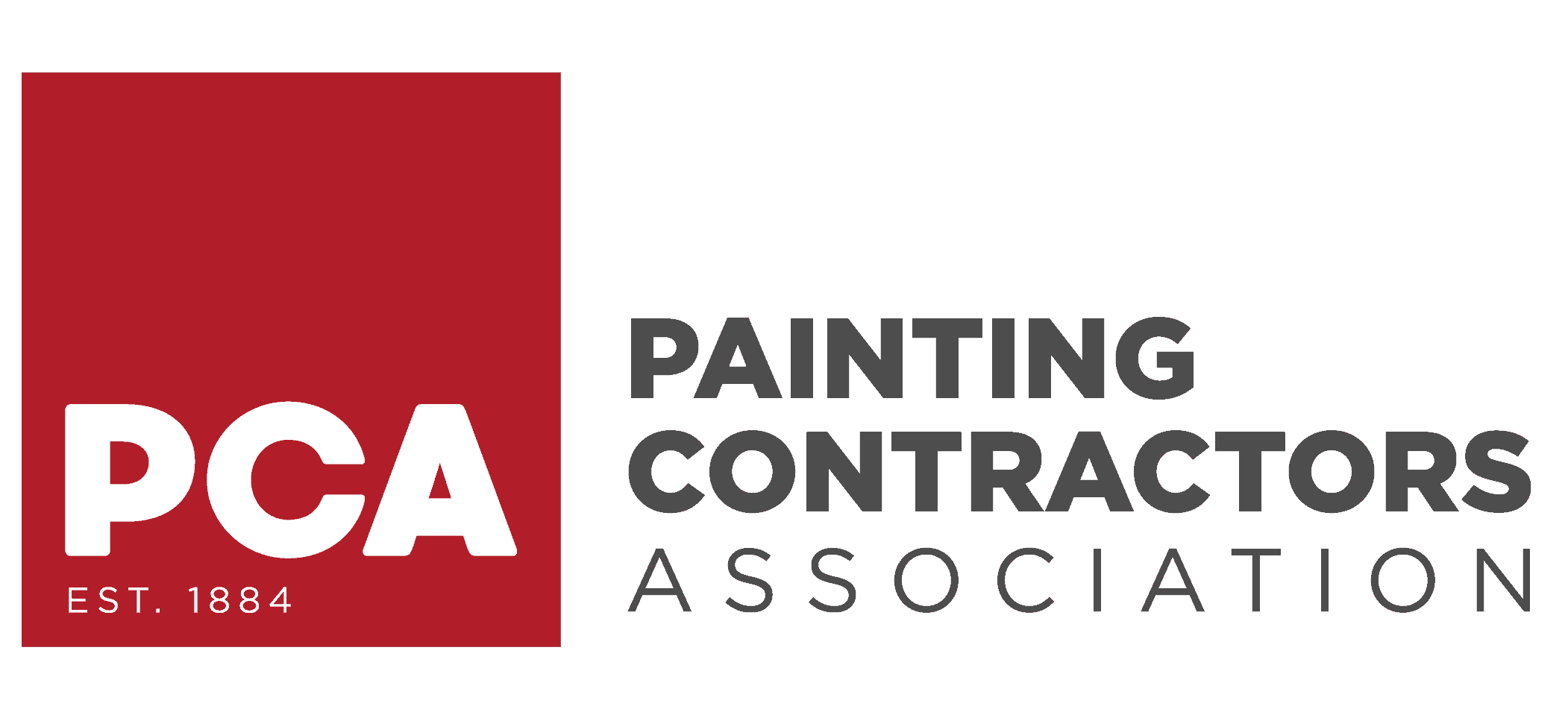Choosing The Right Caulk For Your Home’s Paint Job
Caulk is an important element in nearly every painting project, and indeed, in countless home improvement jobs in general. Caulking is a great way to seal your home from moisture, close drafty cracks or joints, and block dust, debris, and even insects from entering your house. A neat bead of caulk is also the perfect solution for closing unsightly gaps between pieces of trim, around baseboards or door frames, and many other areas around your home. Caulk is the solution to many problems, but before your grab your caulk gun and buy the first tube of sealant you find, do some research to make sure you are making the best decisions for your caulking project.
Common Caulks And Their Uses
Caulking is an old concept, but the materials have become increasingly sophisticated through the ages. For centuries, cracks and gaps in homes were filled in with natural materials, such as pine pitch, resin, and even cotton fibers. Modern day caulk is now engineered for all sorts of purposes, for example, to be exceedingly flexible, weather resistant, quick to cure, or easy to clean up. This can make caulk selection at the hardware store seem daunting, but in reality, there are only four main types of caulk: acrylic, polyurethane, rubber, and silicone.
Acrylic Caulk (also known as latex caulk)
-
Features: Acrylic caulk is water soluble, and can easily be cleaned off your fingers and tools with a rag, mild soap, and water. It can easily be painted. In fact, of the four major types of caulk, it is the easiest to paint and yields the best results, especially in interior paint jobs. It is easy to work with, and you can smooth the joints with your finger to create a clean finish. Old acrylic caulk is easily removed – just cut it with a utility knife or pull it.
-
Where to use it: Acrylic caulk is a great choice for almost any indoor painting project.
-
Where NOT to use it: Acrylic caulk does not perform well in outdoor painting projects. It does not stand up well to changes in temperature or high moisture levels.
Polyurethane Caulk (also known as masonry caulk)
-
Features: Polyurethane caulk is very easy to sand and paint, and is very flexible. It is water resistant, so you need to use paint thinner to clean it. It is hard to control during application, and takes longer to set up, but will last for 10-20 years. It has tremendous bonding ability, and will bond to almost any material, including metal, masonry, and stucco. Because it is so adhesive, old polyurethane caulk needs to be sanded or cut in order to be removed.
-
Where to use it: Polyurethane caulk is great for outdoor painting projects. It performs very well on stucco homes, and can be used in the hairline cracks that inevitably appear on stucco surfaces. It is the best caulk to use on dissimilar materials that have been joined, such as metal to masonry, or brick to wood.
-
Where NOT to use it: Polyurethane caulk would be overkill for indoor projects; use acrylic caulk instead.
Rubber Caulk
-
Features: Rubber and butyl caulking were more popular in decades past, but are still used from time to time. This type of caulk is stringy, making smooth application and a fine finish hard to accomplish. It has high adhesion capabilities and will stick to almost any type of surface. Shrinkage is a problem with rubber caulk; it is solvent-based, and as its solvents evaporate over time, the caulk line dries and shrinks.
-
Where to use it: Use rubber caulk on exterior joints, such as chimney flashing and gutters.
-
Where NOT to use it: The solvents used in rubber caulk are highly flammable and dangerous to breath, so only use it outdoors.
Silicone Caulk
-
Features: Silicone caulk is NOT paintable. It is formulated from silicone elastomers, has very high elasticity, and is completely waterproof. It can be hard to control and hard to smooth, and also does not adhere to surfaces as well as the other types of caulk. Old silicone residue is tough to remove, and needs to be carefully cut away.
-
Where to use it: Use silicone caulk around sinks and faucets and other plumbing fixtures, and around windows, as long as those windows are not in contact with surfaces you wish to paint.
-
Where NOT to use it: Do not use silicone caulk on any surface that you want to paint. The paint cannot adhere to this type of caulk whatsoever.
Caulking is a crucial step in your painting project. Choosing the wrong type of caulk or applying it hastily or incorrectly can waylay your project and become a costly or time-consuming mistake. Read the label and check out the manufacturer’s website, and even if you aren’t applying the caulk yourself, make sure the painting contractors you hire know which caulk to use on which substrate. Hire the best professional house painting company you can find and you can be sure its technicians are knowledgeable caulk experts.
The Best Jacksonville FL Painting Company
The Painting Craftsmen is the trusted painting company for Northeast Florida homes. We pride ourselves in performing every step of each painting project with the highest level of skill, from the sanding, caulking, and prep work, all the way to the final coat of paint. Florida homeowners know the importance of caulk in sealing off entry points for bugs and pests, to say nothing of warm air and moisture. To keep your Ponte Vedra, St. Augustine, or Jacksonville home properly sealed and caulked and looking great, we’re the ones for the job!
















Leave a Reply
You must be logged in to post a comment.